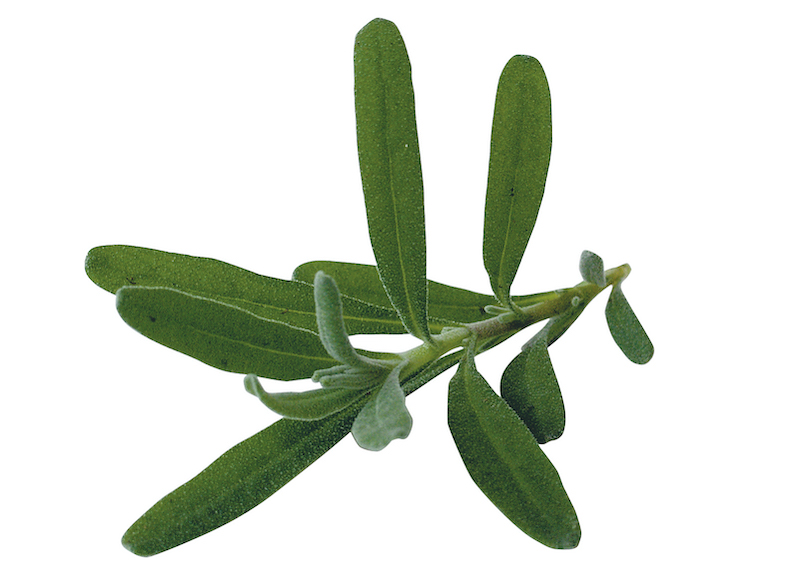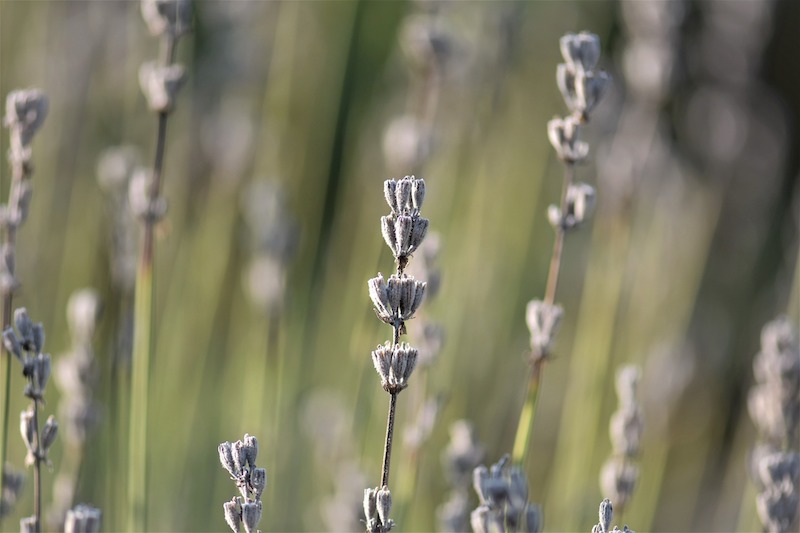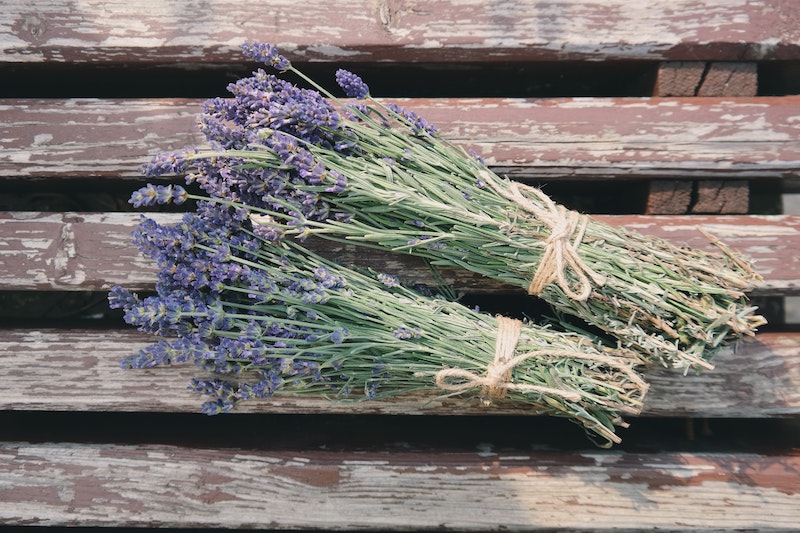Lavender is a relatively maintenance-free, beautiful, and useful plant in the garden. The one important maintenance job to keep lavender looking good year after year is light pruning when the plant is finished blooming. Heavy pruning back into the woody structure weakens the plant and can prevent regrowth and successful overwintering if done too late in the summer. To keep it looking its best and blooming year after year, learn when and how to prune your variety of lavender. This yearly task will ensure your plant is healthy, thriving, and robust.

When to Prune Lavender
Prune lavender in the summer after it blooms, and avoid late fall or winter pruning. If you notice any dead branches from winter damage, remove those entirely in the spring. New growth will fill in those spaces during its growth period. The older leaves will have a silvery tone and be attached to woody stems, and the new growth will be noticeably brighter green on flexible stems.
Some varieties of English lavender will bloom early in the summer and then push out a second flush in the fall. With these varieties, you should still prune the dried flower stems after the first blooming cycle. Allow the plant to bloom again, and remove the dried blooms after the second bloom cycle in fall. Cut about 2/3 of the season's growth off, and avoid pruning the woody stem.

Why Prune Lavender
With some basic seasonal maintenance, lavender will thrive year after year. Knowing when to prune lavender will keep the plant looking tidy, give you bundles of lovely, dried, fragrant flowers, and promote a fuller plant. Failure to prune will lead to a woody plant with sparse branching and foliage and a shortened lifespan. Spanish, French hybrids, and English lavender bloom at different times of the growing season, so once you notice the spent dry blooms, it's time to prune.

How to Prune Lavender
Step 1 - Prune after flowering.
Prune lavender plants after they flower; you will notice the color of the blooms will fade slightly when they have dried in the sun, but they will retain their essential oil and fragrance.
Step 2 - Remove dried flower stems.
Take a small handful of the dried flower stems, reach down into the plant, and snip to where the foliage is full. Work around the plant, and cut off roughly 2/3 of the plant's seasonal growth; be careful not to cut into the woody stem. You can then do a light shearing if desired for shaping purposes, resulting in a smaller, mounded form. Some lavender varieties will rebloom in the fall and should be deadheaded after the second flowering.
Step 3 - Remove winter damage.
Clip back the dead stems to open up the plant using a clean pair of garden pruners. New growth will eventually fill in any dead areas.
Lavender Pruning Tips
- Prune directly after flowering
- Use clean, sharp pruners
- Use spent lavender bloom stems for many purposes
 |
Author Chris Link - Published 01-20-2023 |
